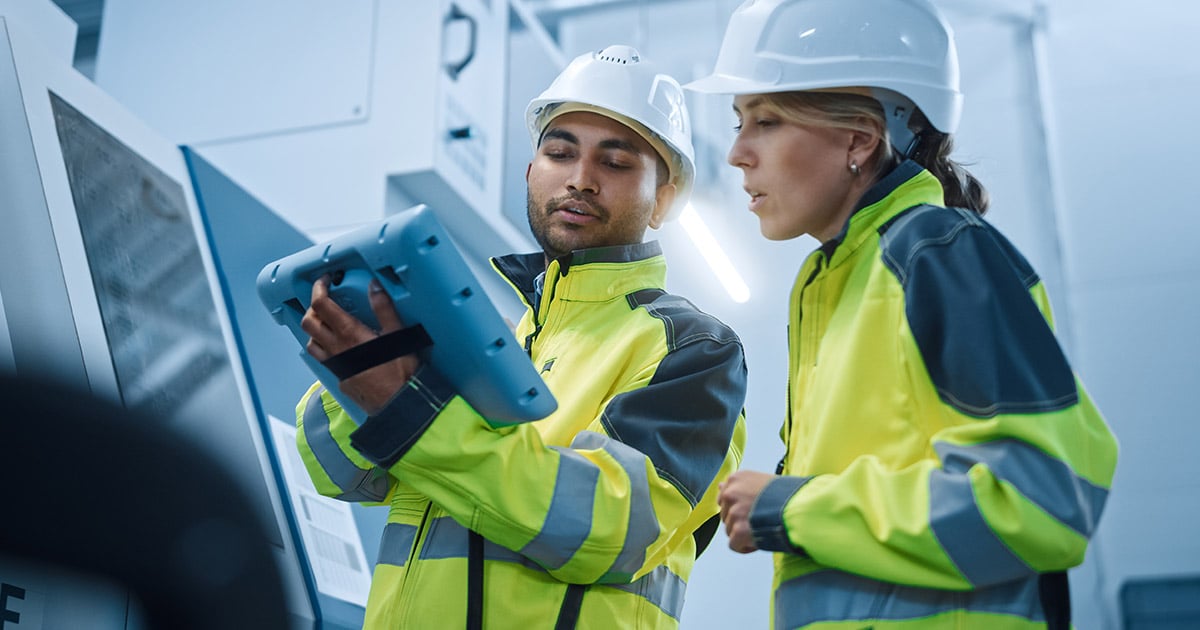What Is Environmental Stress Screening?

The concept of screening can be easily explained by shoppers’ behavior in the fresh fruit section of a grocery store. Customers feel, toss, and eye up individual items of produce to take home ready for consumption. Sometimes, by identifying a select few from a larger pile, they’ll determine a bagful is good to go.
The same screening method applies to a number of devices across industries. Except, rather than relying solely on physical components, companies expose their products to set environmental conditions in test chambers to identify potential defects in components or designs.
It’s called environmental stress screening (ESS), and it often takes place during manufacturing. The conditions of ESS can include everything from extreme temperatures, variations in humidity, vibrations, dust, or even physical aspects like drops or flexibility tests. The concept was designed by the U.S. military and later applied to aerospace technology.
Now, ESS serves a critical part of companies’ reliability testing, in a number of industries.
HALT Vs. HASS Vs. ESS
Products and their components go through a series of tests prior to heading to market. It sometimes can be difficult to keep track of the purpose of each. Three common tests are highly accelerated lifetime testing, highly accelerated stress screening, and environmental stress screening. Let’s break down the key differences.
HALT: In HALT testing, your goal is to simulate the lifespan of a product by changing the environmental conditions (temperature and humidity levels, for example) over a set time period. In doing so, you’ll find the product’s natural failure points.
HASS: When combined with HALT testing, HASS testing helps companies confirm the quality and reliability of their products. In HASS testing, you quickly expose products to previously identified stress points (as determined by HALT testing) as they come off the manufacturing line. By pushing these products to the limit, and not over, you can confirm their quality and reliability for consumer use.
ESS: ESS testing often includes conditions less stress-inducing than HASS testing. You’re not looking to push products or components to their limits. Rather, you seek to identify defects that might compromise the products at later stages of the manufacturing process or post-production.
Whereas HASS and HALT simulate real-world conditions and depreciation (i.e. preparing electronics for uses across a variety of climates), ESS often covers issues related to manufacturing flaws, workmanship errors, and human-induced stress during storage or shipping. For instance, the vibration aspect of ESS testing ensures a product will survive the sometimes bumpy trip (and accounts for varying internal semi truck environmenst) from the manufacturing center to the consumers’ hands.
Companies have different methods for conducting HASS and ESS testing. You might test every product off the line or in manufacturing. This is particularly crucial for devices that present safety risks for consumers or serve life-saving purposes, such as a heart defibrillator. Even one defective product could have catastrophic consequences in these cases.
In other scenarios, companies conduct batch testing, exposing a selection of products to the set stress settings to determine the reliability of the entire production.
Keep in mind, too, that ESS is done at different stages of the manufacturing process with different set conditions, depending on potential defects:
- At the component level
- At the pre-assembly level
- At the assembly level.
As each product or material passes through, the results confirm the processes and further establish the devices’ reliability.
Reliability and ESS
Let’s return to the produce section for a moment. The concept of a ‘lemon’ describes vehicles that present manufacturing defects almost immediately as they’re driven off the lot.
Well, ESS is a method to avoid producing lemons in any field. You’re finding out what you don’t immediately know: If you drop the product, will it fall apart? If you expose weldings to extreme heat and humidity, will they hold?
Each stage of ESS serves as a confirmation of manufacturing and accounts for user errors. The HALT and HASS testing ensure the product will work as intended over time. ESS confirms it’ll work immediately. The three methods work in concert to prove the reliability of the product, even if the former two refer primarily to how the product functions.
It’s important to note that different companies, depending on industry and internal practices, test to different ESS-associated standards. Understand those requirements prior to purchasing a test chamber. Then, choose an experienced manufacturer who can build or ship a chamber that meets all of your testing needs.
Associated Environmental Systems has designed, manufactured, and supported standard and custom test chambers to meet customers’ most demanding requirements for more than 60 years. Contact us for all your testing needs or view our inventory of test chambers here.


